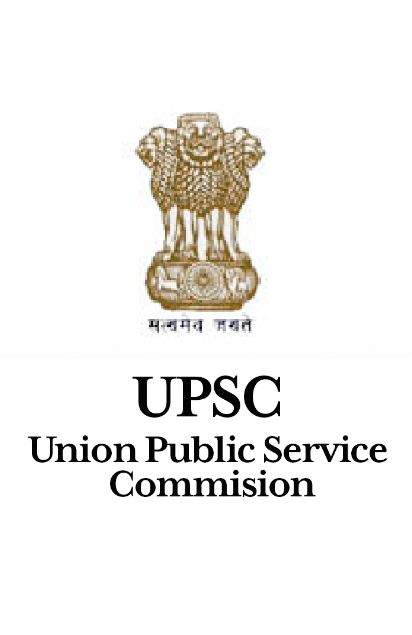Pictures
See page for author, Public domain, via Wikimedia Commons
See page for author, Public domain, via Wikimedia Commons
Main Recommendations of the Kiran Aggarwal Committee
| Type of course | Duration in proposed | Duration in existing system |
|---|---|---|
| Foundation course | 15 Week | 15 Week |
| IAS Professional Course | 21 Week | 26 Week |
| District Training | 33 Week | 54 Week |
| IAS Professional Course (Phase II) | 6 Week | 8 Week |
| Total | 75 Week | 103 Week |
RECOMMENDATIONS
Overall approach to training The committee considers it essential to articulate the broad philosophy that has guided its approach to Induction training. This essentially embraces three general aspects, viz, Leadership Development Architecture, Competency Development of IAS Officers, and Participant Centered Continuous Learning. However, in this debate and reassessment of the type of training and development for these officers over their career lifecycle, it is essential to highlight some pre-requisite changes that should ideally precede these decisions.
1. Leadership Development Architecture
Induction Training at the Academy must be viewed as a watershed training event by all stakeholders in the training process. Therefore, the Leadership Development Architecture being presented as an overall framework for the training of IAS Officers comprises seven vital guiding principles, which are elucidated below:
2. Competency based Training
The 2nd Administrative Reforms Commission and the National Training Policy, 2012, have strongly suggested adopting a competency-based approach to human resource management, including capacity building of civil services. Competency consists of knowledge, skills, and attitudes or behavioral traits. These competencies may be broadly divided into core skills that civil servants need to possess with different proficiency levels for other functions at different levels. These core competencies pertain to leadership, financial management, people management, information technology, project management, and communication. The other set of competencies is related to the professional or specialized skills relevant to specialized functions such as building roads, irrigation projects, medical care, etc. To bring transformational improvement in civil services, it’s imperative to move to a competency-based human resource management system that ensures that each job is performed by a person who possesses the required competencies for that job. The DoPT has developed a Competency Dictionary for the Indian civil services and a tool kit for its implementation to design competency training modules. The Competency Dictionary has identified 25 generic or core competencies grouped in four sets of essential features of civil services. These four sets of basic features have been categorized as Ethics, Ethos, Equity, and Efficiency. For moving to a competency-based approach, it would be necessary to identify the required generic competencies for the first few years for performing duties and responsibilities that IAS Officers will be required to do efficiently and effectively. Then these identified competencies would need to be matched with the existing curriculum of the induction training programme, and wherever a gap exists, the curriculum would have to be modified accordingly. This would ensure the alignment of the induction training program with the identified generic competencies for the first few years of service in IAS.
3. Participant centered Learning
One of the main cornerstones of the suggested approach is the centrality accorded to the participant in the learning system. The Committee advocates a shift from Training being treated as passive actors in their Training to becoming active participants in the learning process. This focus on the individual should entail mapping the entry-level gaps and then taking remedial action wherein the Trainee, themself, are incentivized to become the leading partner in conjunction with the Academy. Further, it is also proposed that Training and learning must not always be seen as synonymous and coterminous. Instead, learning must be viewed as a continuous and lifelong event where the training conditions each officer Trainee to treat every new position and challenge as a learning opportunity.
Duration of Training Period
The Committee has objectively considered the arguments made both in favor of retaining the two-year training period and those in support of reducing it and taken into account the general feedback received from various quarters. It must be mentioned that both the Ayyar Committee and the 2nd ARC have supported the retention of the two-year training period. Director LSBNAA (a member of the Committee) has also expressed reservations against any proposed reduction in the duration of the Induction Training, and his note has been placed on record. However, while taking the message of these views, the other members consider that the training requirements must align with the changing profile of entrants, more accessible access to learning resources, and a more dynamic external environment. Also, the time spent during both institutional training at the Academy and district training must be subjected to closer examination in cost-benefit terms without impacting adversely in any manner on the desired outcomes.
In view of these compelling reasons, the Committee recommends reduction in the total period of Induction Training from presently two years to around one and a half years.
